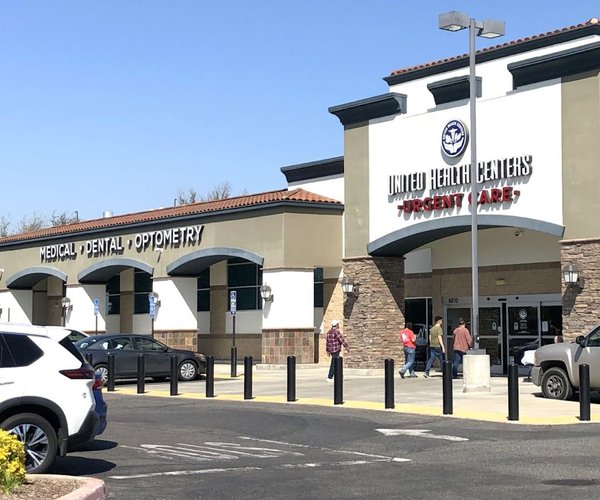The Turlock City Council took issue with a proposed revision to County Public Facility Impact Fees Tuesday night, voicing a laundry list of complaints with higher fees that could discourage new businesses while providing limited utility to Turlock. But optimism remains that a solution will be reached.
Since 1987, the county has charged developers fees to help pay for county services such as sheriff patrols, jails, libraries, and parks. The current fee structure, charged to developers countywide, both inside and outside of cities, had been in place since 2005.
The Stanislaus County Board of Supervisors completed a five year review by adopting a sweeping set of revisions to those fees on March 30, but held off on approving the Regional Transportation Impact Fee portion of the document due to local complaints.
“A lot of discussion and work has gone into work on this, and a great deal of review,” said Turlock City Manager Roy Wasden.
The RTIF fees pay for major county road projects. But while all developers are assessed equally, only $39 million, or 6.4 percent of $606 million in proposed projects, would directly benefit Turlock developers.
More than 80 percent of RTIF fees would benefit roads in Northern Stanislaus County, potentially driving development away from Turlock.
According to a City of Turlock staff report, the proposed unbalanced distribution of RTIF funds could have its roots in improper growth figures. While the county projects Turlock will have just 105,900 residents and 36,900 jobs in 2030 – requiring lengthy commutes for residents –Turlock’s General Plan Update calls for 115,000 residents and 52,000 jobs by 2030.
Some of that job growth could be dissuaded by the proposed RTIF fees, according to the staff report. The RTIF fee increase would bring higher costs for Turlock development, more mitigation costs, and a slower development review process.
Turlock has concerns that a proposed 180 percent increase in industrial development fees may discourage development in the Westside Industrial Specific Plan industrial park as well. The suggested plan would offer incentives reducing those fees by as much as 60 percent, but Turlock says it’s not enough.
Attempting to hammer out these differences has taken a lot of work, Wasden said, and involved a fair bit of productive “friction” between Turlock and the county.
“It’s not been dysfunctional friction, it’s been friction that has allowed us to come together with county staff and all the neighboring cities and look at what we should really do,” Wasden said.
The county faces a rapidly nearing July 20 deadline to approve some sort of RTIF plan in order to qualify for state and federal funding, leading Turlock representatives to believe the plan, despite its flaws, will be passed.
But Stanislaus County District 2 Supervisor Vito Chiesa and county staff have committed to working over the next 18 months to find a RTIF solution which is fair to all cities, not just those in the north county. The end product will be equitable, even if this current draft is not, Wasden said.
“This has to be equitable to our citizens,” Wasden said.
To contact Alex Cantatore, e-mail acantatore@turlockjournal.com or call 634-9141 ext. 2005.









